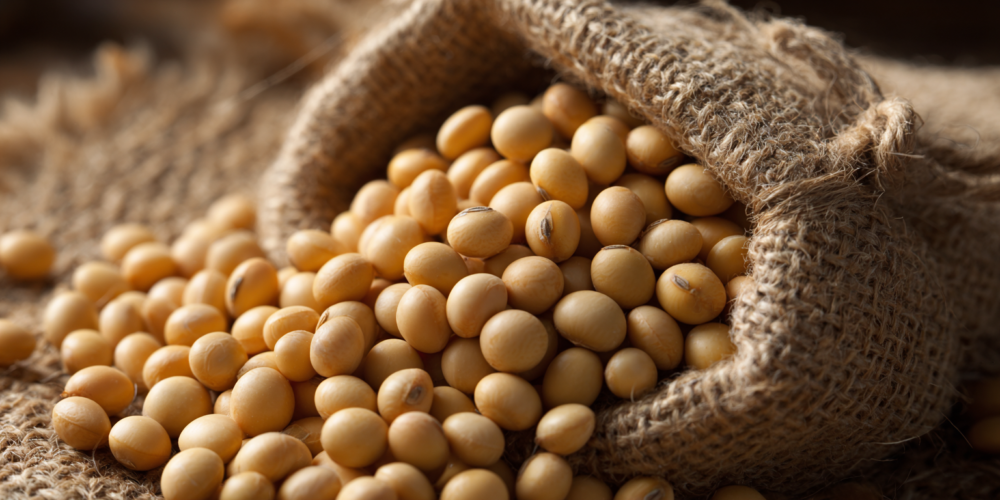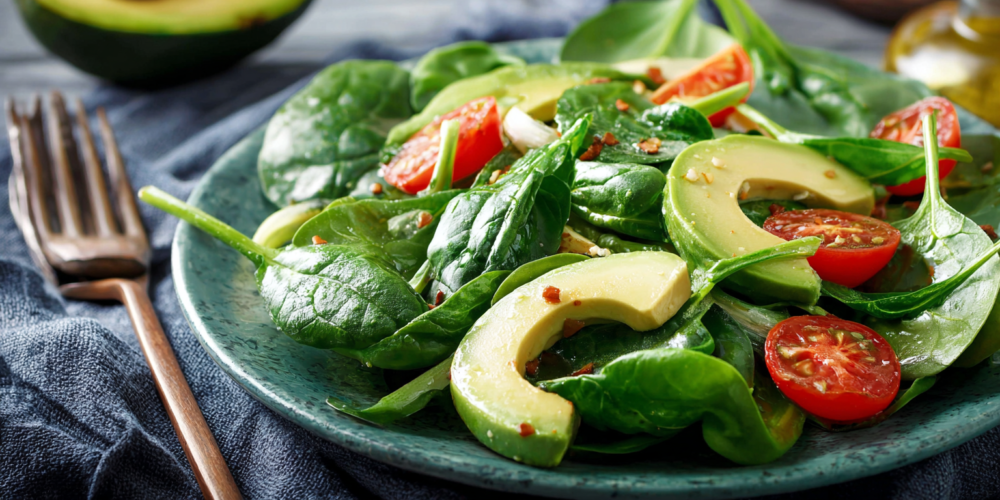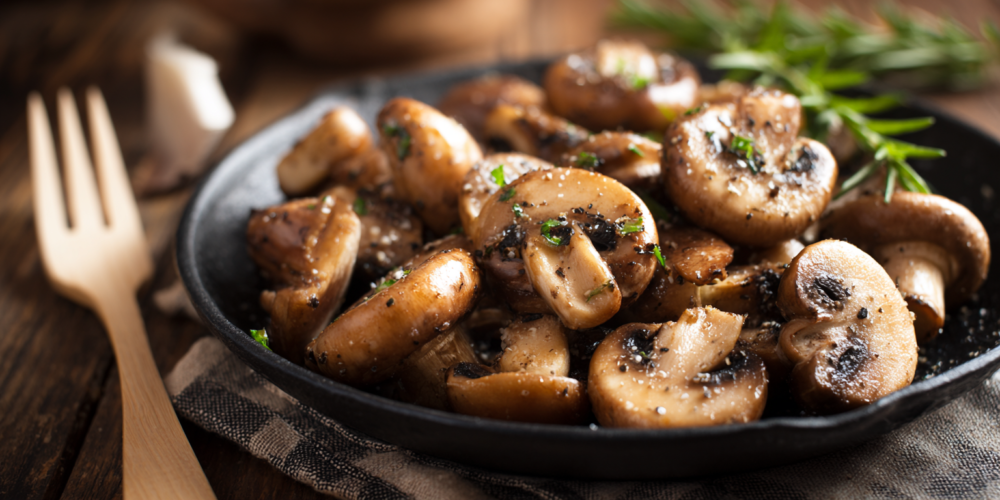➡️5. L-Arginine: The Vasodilator

- L-Arginine is an amino acid popular in the sports world because it helps widen blood vessels and gets more oxygen and nutrients to your muscles. It’s a precursor to nitric oxide, a substance in your body that relaxes and widens arteries, making blood flow easier. Studies show that L-Arginine can help arteries expand and contract better, leading to improved circulation in your arms and legs and lower blood pressure. It can also help reduce inflammation in blood vessels and prevent plaque buildup. You can find L-Arginine naturally in foods like nuts, seeds, and legumes such as lentils, chickpeas, and soybeans.
➡️4. Potassium: Blood Pressure Regulator

- Potassium is a mineral known for controlling blood pressure and helping arteries relax, which improves circulation. Think of your arteries as pipes. If they’re stiff, blood flow is restricted. Potassium acts like a natural relaxant for these pipes, letting them widen and contract more easily, which helps blood flow. It also balances sodium levels in your body. Too much sodium, often from processed foods, makes your body hold onto water, raising blood pressure. Potassium helps get rid of extra sodium and water, lowering blood pressure and improving circulation. Most people don’t get enough potassium. Leafy green vegetables are a great source, with a large salad giving you a good amount. Other rich sources include avocados, chard, beets, pumpkin seeds, and mushrooms.
➡️3. Nitrates: Natural Vessel Relaxers

- Nitrates are compounds found naturally in some foods. The cool thing is, your body turns these nitrates into nitric oxide, which, as we talked about, relaxes and widens blood vessels. Some studies show that eating foods rich in nitrates can lower blood pressure, improve blood vessel function, and increase blood flow to muscles. If you want to naturally boost your circulation, try adding more nitrate-rich vegetables to your diet. Beets and leafy green vegetables like spinach and chard are excellent choices. Eating these regularly can give you their full benefits.
➡️2. Folic Acid: Red Blood Cell Builder

- Folic acid, also known as folate, is crucial for good circulation and often overlooked. It’s needed to create red blood cells, which carry oxygen throughout your body. If you’re low on folic acid, you can develop anemia, meaning your tissues and organs don’t get enough oxygen. This can cause tiredness, weakness, dizziness, headaches, or heart problems. Folic acid also helps reduce homocysteine, an amino acid that can damage blood vessel walls when levels are too high. Folic acid helps change homocysteine into less harmful compounds, protecting your arteries and improving circulation. Good sources include leafy green vegetables, legumes, asparagus, broccoli, oranges, and avocados.
➡️1. Niacin (Vitamin B3): Peripheral Flow Enhancer

- Niacin, or Vitamin B3, helps with cell energy production and fat metabolism. But what’s really interesting for us is its effect on circulation. Vitamin B3 can widen blood vessels, improving blood flow to all your tissues, especially in your legs and feet. This can help with symptoms like coldness, numbness, or cramps that come from poor circulation in those areas. While less common today, severe Vitamin B3 deficiency used to cause a disease called pellagra, which involved skin issues, diarrhea, and nerve problems. Foods rich in niacin include mushrooms, avocado, brown rice, and nuts.
⚙️Simple Steps for Better Blood Flow
Beyond these amazing nutrients, there are three simple things you can do that can really make a difference for your blood flow.
👉Maintain a Healthy Weight

- Carrying extra weight, especially around your belly, can press on your blood vessels. This makes it harder for your veins to do their job, leading to swelling and varicose veins in your legs. It also raises your blood pressure. The good news is that even a small amount of weight loss, like 5% of your body weight, can often significantly improve circulation.
👉Manage Stress

- Stress triggers a chemical reaction in your body, releasing hormones like cortisol and adrenaline. These act like internal accelerators, raising your blood pressure and heart rate. If stress becomes a long-term problem, it can damage your blood vessels over time, making it easier for cholesterol and other substances to stick to them. Finding ways to relax, like meditation, yoga, or even just a 30-minute walk each day, can help lower cortisol levels and improve your circulation.
👉Get Moving

- When you exercise, your muscles need more oxygen and nutrients. This makes your heart pump harder, and your arteries widen to allow more blood flow. Exercise also helps lower blood pressure, cholesterol, and inflammation, all of which can worsen circulation. You don’t need to be an athlete to see benefits. Just 30 to 45 minutes of moderate activity daily, like brisk walking, swimming, or dancing, can greatly improve your circulation.
Taking care of your circulatory health is a big step towards feeling better every day. By focusing on these key nutrients and making a few simple lifestyle changes, you can support your body’s natural ability to keep the blood flowing smoothly. Remember, always chat with your doctor before starting any new supplements or making big changes to your health routine, especially if you have existing health concerns.
Source: Dr. Iñigo Martín
Advertisement
Advertisement

